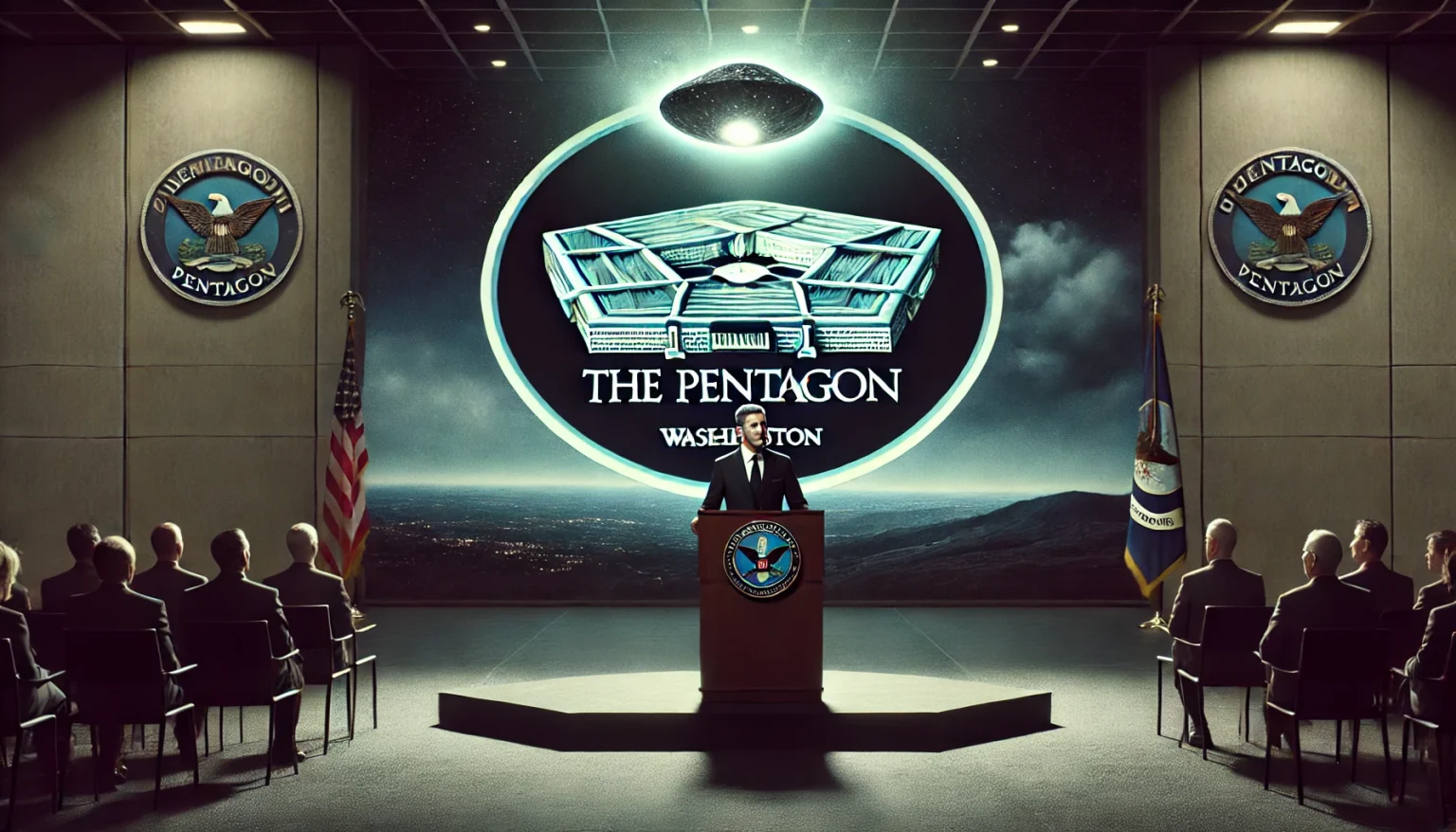In a compelling call for transparency, Luis Elizondo, a former senior intelligence officer who led the Pentagon’s Advanced Aerospace Threat Identification Program (AATIP), insists that the American public has the right to know the truth about Unidentified Aerial Phenomena (UAPs). His statements come amid growing public and congressional interest in the mysterious objects that have been spotted in U.S. airspace, some of which remain unexplained despite rigorous investigation.
Elizondo, who spearheaded the Pentagon’s efforts to study UAPs, argues that withholding information from the public is not only unnecessary but also counterproductive. He believes that Americans are capable of handling the truth about these phenomena, whether they turn out to be foreign drones, advanced technology, or something even more mysterious. His sentiments echo a growing demand for government transparency on the subject, which has been gaining traction in recent years.
The Pentagon has investigated over 800 UAP sightings through its All-domain Anomaly Resolution Office, attributing many to ordinary objects like drones and weather balloons. However, a significant number of these encounters remain unexplained, raising concerns about national security and the need for further scientific investigation.
One particularly alarming account comes from Ryan Graves, a former Navy pilot who described seeing a “dark gray cube inside of a clear sphere” during a training mission in 2014. Graves, who testified before Congress, suggested that such sightings pose a severe risk to flight safety and that only about 5% of these incidents are reported due to fear of professional repercussions. His testimony underscores the potential dangers these unidentified objects could represent, whether they are advanced technology from foreign adversaries or something entirely unknown.
“If everyone could see the sensor and video data I witnessed, our national conversation would change,” Graves stated, emphasizing the urgency of addressing these phenomena from both a security and scientific perspective.
- The Pentagon has cataloged over 800 UAP sightings, with many remaining unexplained.
- Only 5% of UAP encounters are reported by witnesses, according to experts like Ryan Graves.
- Congressional hearings on UAPs have intensified, with recent amendments pushing for the declassification of UAP-related records.
Elizondo’s call for transparency highlights a critical issue at the intersection of national security, science, and public trust. As the U.S. government continues to grapple with the implications of UAPs, the push for openness and clarity will likely become even more pronounced. Whether these phenomena are of earthly origin or something far more enigmatic, the demand for answers is undeniable—and growing louder with each new revelation.


